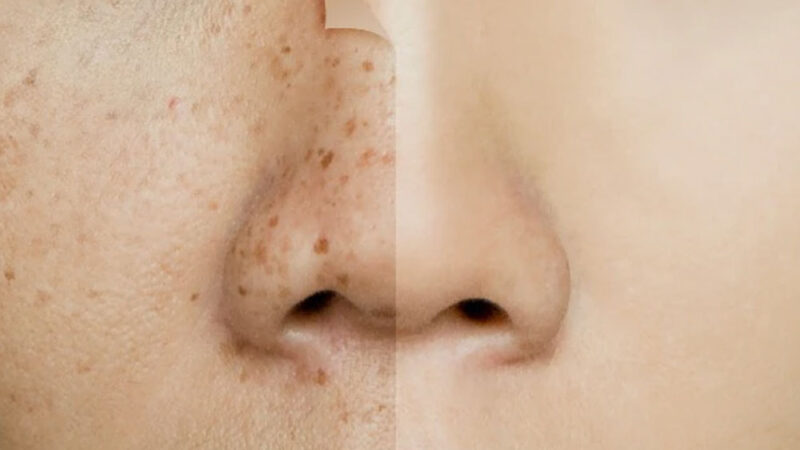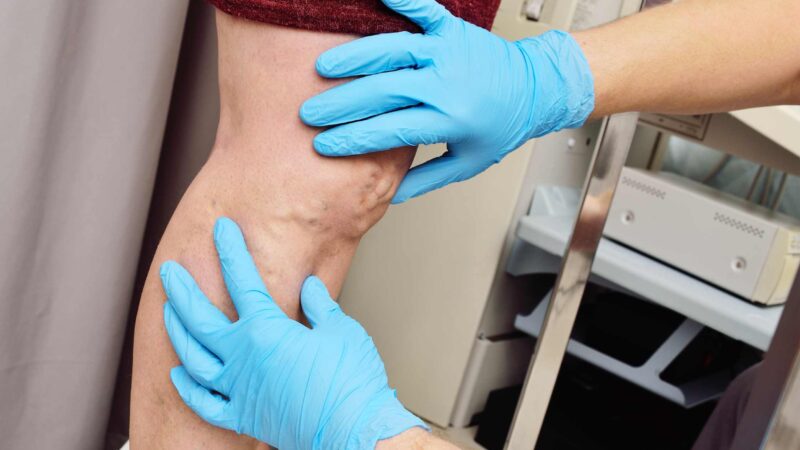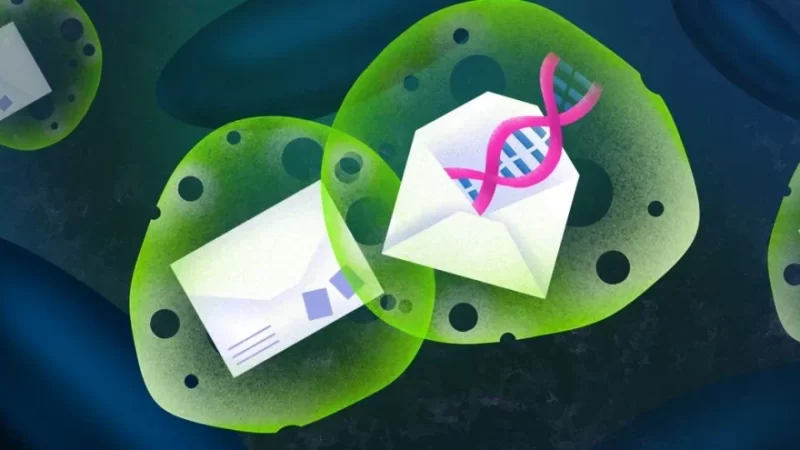Things to Remember About Back and Neck Pain

The National Institutes of Health established that nearly 30% to 70% of adult Americans would have back and neck pain in their lifetimes. Seeking treatment at Injury and Health Institute can help relieve back and neck pain and other symptoms. Without treating back and neck pain, you become at risk of nerve damage and disability problems, which reduces your productivity.
Symptoms of neck and back pain
If you have pain in your back or pain, you will feel numbing or tingling sensations underneath your knee. Also, the region from the neck to the lower back will feel stiff, making it harder to move normally. The stiffness or pain will worsen when you sit or stand for an extended duration.
If your condition is severe, your legs will feel weak, and you will have trouble controlling bowel and bladder movements.
Common causes of back and neck pain
Even with advances in the medical field, establishing the cause of back and neck pain is still not a complex task. Back and neck pain can result from different issues, with some remaining unknown. The potential causes of back or neck pain include overworked muscles, infections, tumors, and joint inflammation.
For instance, some activities or jobs can lead to gradual or quick overstretching of the muscle fibers in your neck or back. Lifting a heavy object can overstretch the muscles in your neck or back, making them torn and painful.
Tumors from other parts of your body can also spread to structures surrounding the spinal cord and nerves. Spinal growths or tumors will irritate nerves and the spinal cord, leading to pain in your back or neck.
Neck or back pain can also result from smoking, congenital problems, and vertebrae degeneration. The vertebrae, separated from one another by discs, are bones that enclose and safeguard the spinal cord.
Diagnosis of neck and back pain
Your physician will ask about the neck or back pain symptoms you are experiencing and examine your medical history. Your doctor will also carry out a physical examination of the painful neck and back areas.
Diagnostic imaging tools like MRI or X-ray scans will provide comprehensive images of your neck and back structures. Your doctor will study the images, which can help reveal a problem affecting your nerves, vertebrae, or spinal discs.
Treatments for neck or back pain
The treatment recommended will depend on the specific cause of the pain that affects your neck or back. For instance, your doctor can recommend physical therapy to improve your neck and back strength, conditioning, and flexibility.
Strengthening and relaxing the neck and back muscles can reduce the pain and stiffness experienced. Because physical therapy is a conservative procedure, it is highly effective for treating acute neck and back pain.
Furthermore, you can get joint injections if physical therapy does not improve back or neck pain. For example, PRP injections into your neck or back can help reduce inflammation and repair damaged muscles, cartilage, and ligaments.
Within a few weeks, you can expect improvement in your neck or back pain after PRP treatment. Corticosteroid shots or injections in your neck or back can also reduce inflammation, discomfort, and pain. Contact your provider to learn how you can get relief from neck and back pain.







